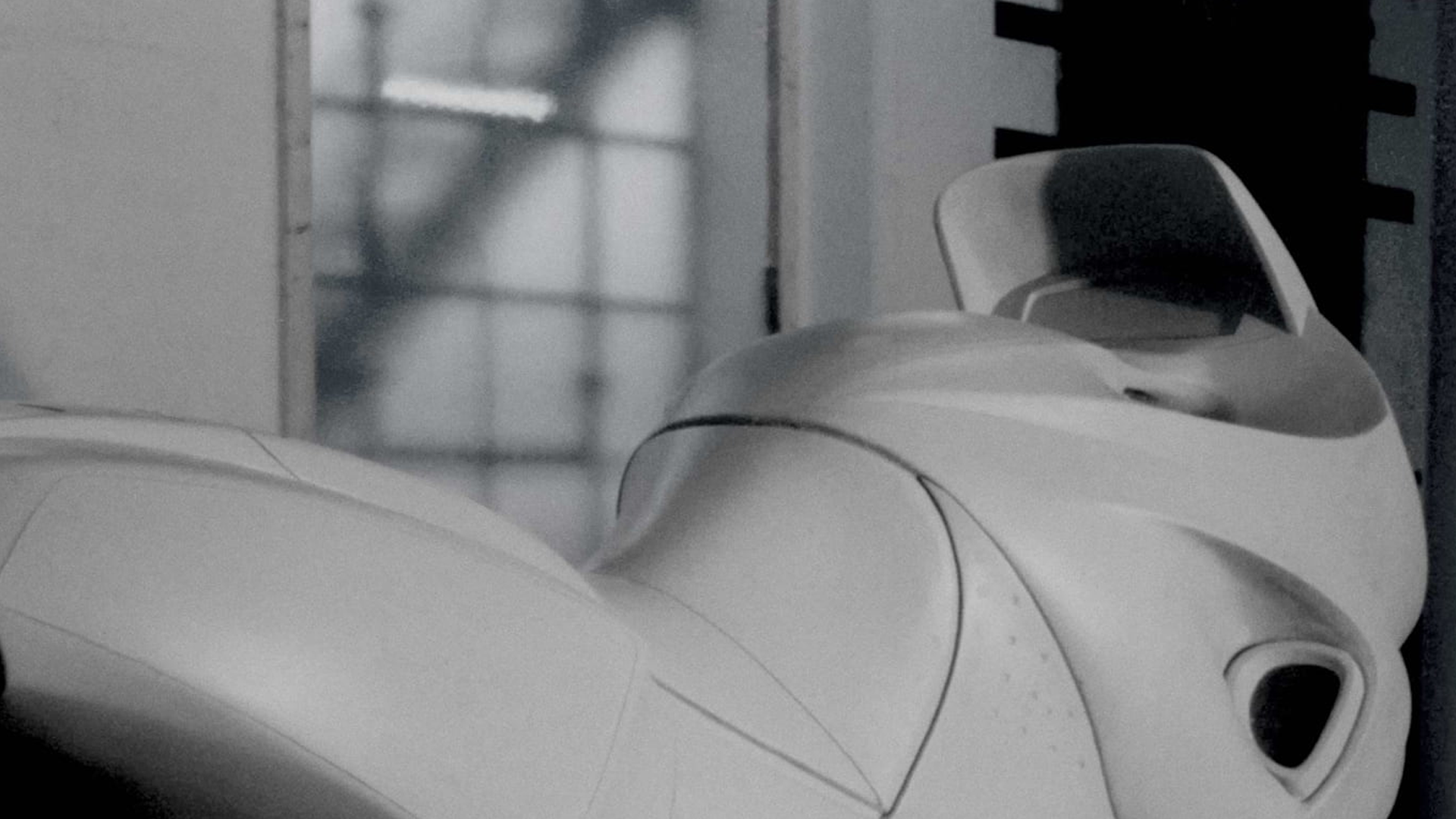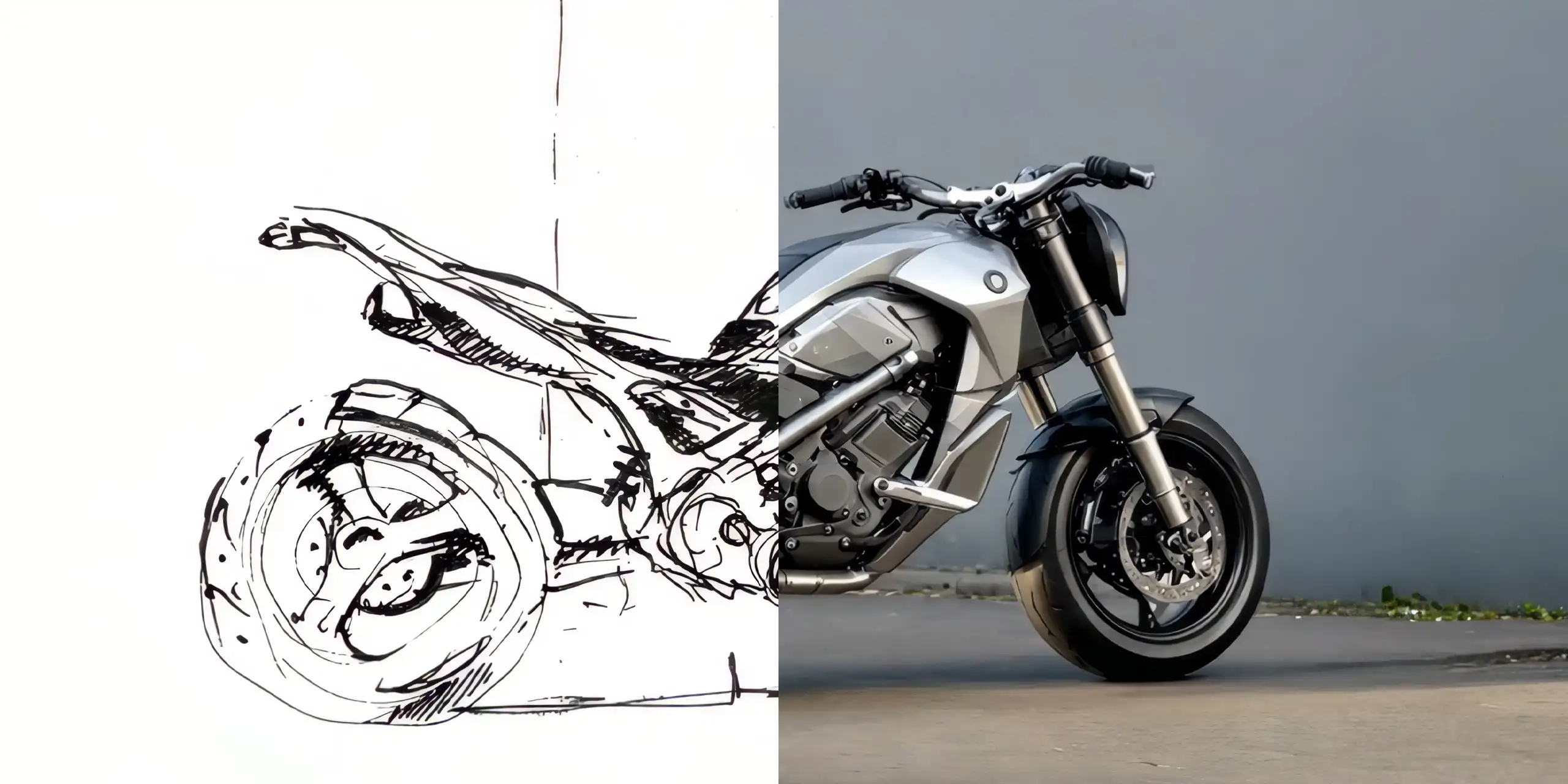In the world of design, there are few movements as distinctive and influential as Dutch Design. Renowned for its minimalistic aesthetic, functional approach, and emphasis on experimentation, Dutch Design has left an indelible mark on various creative fields, ranging from furniture and architecture to fashion and graphic design. Originating in the Netherlands in the late 20th century, Dutch Design has evolved into a global phenomenon, celebrated for its unique blend of innovation, pragmatism, and cultural relevance.
A Rich Cultural Tapestry
To understand Dutch Design fully, one must delve into the cultural and historical context from which it emerged. The Netherlands has a long tradition of craftsmanship and trade, dating back to the Golden Age when Dutch merchants dominated global commerce. This legacy of innovation and entrepreneurship laid the foundation for the country’s design ethos, characterized by a pragmatic approach and a focus on quality and functionality.
Additionally, the Dutch landscape, characterized by its flat terrain and ever-changing weather patterns, has influenced the design sensibilities of its people. Dutch designers often draw inspiration from their surroundings, incorporating elements of nature, sustainability, and adaptability into their creations. This is no different at Groen & Boothman.
Breaking Boundaries: The Birth of Dutch Design
While Dutch Design as a formal movement began to gain recognition in the 1980s, its roots can be traced back to the aftermath of World War II. The devastation wrought by the war prompted a reevaluation of traditional design principles, leading to a desire for innovation and experimentation.
One of the key figures in the early Dutch Design movement was Gerrit Rietveld, a pioneering architect and furniture designer known for his iconic Red and Blue Chair. Rietveld’s work exemplified the principles of De Stijl, a Dutch artistic movement characterized by its use of primary colors, geometric forms, and asymmetry.
The spirit of De Stijl lived on in the work of subsequent generations of Dutch designers, including Wim Crouwel, who revolutionized graphic design with his grid-based layouts and typographic experiments. Crouwel’s influence can still be seen in contemporary design practices, particularly in the field of branding and visual communication.
Form Follows Function: The Dutch Design Philosophy
At the heart of Dutch Design lies the principle of “form follows function.” This mantra, popularized by American architect Louis Sullivan, emphasizes the importance of functionality and usability in design. Dutch designers take this concept a step further, seeking to create objects that are not only practical but also aesthetically pleasing and emotionally resonant.
This emphasis on functionality does not imply a sacrifice of creativity or artistic expression. On the contrary, Dutch designers are known for their ability to imbue everyday objects with a sense of beauty and elegance, elevating the mundane to the extraordinary. Whether it’s a chair, a lamp, or a bicycle, Dutch Design celebrates the inherent beauty of simplicity and utility.
Sustainability and Social Responsibility
In recent years, Dutch Design has increasingly embraced principles of sustainability and social responsibility. As concerns about climate change and environmental degradation have grown, designers in the Netherlands have sought to minimize waste, reduce carbon emissions, and promote ethical production practices.
One notable example of this commitment to sustainability is the work of Studio Roosegaarde, led by artist and innovator Daan Roosegaarde. Known for projects such as the Smog Free Tower and the Van Gogh Bicycle Path, Studio Roosegaarde combines cutting-edge technology with ecological consciousness to create installations that inspire awe and promote environmental awareness.
Global Impact and Recognition
The influence of Dutch Design extends far beyond the borders of the Netherlands, with designers from the country making significant contributions to the global design landscape. Dutch Design Week, held annually in the city of Eindhoven, has become a premier showcase for innovative design concepts and emerging talent from around the world.
In addition to its commercial success, Dutch Design has also garnered critical acclaim, with numerous awards and accolades recognizing the achievements of Dutch designers. From the prestigious Dutch Design Awards to international honors such as the Red Dot Design Award and the iF Design Award, Dutch designers continue to receive recognition for their creativity, ingenuity, and commitment to excellence.
Looking to the Future
As we look to the future, Dutch Design remains at the forefront of innovation and creativity. With its emphasis on sustainability, social responsibility, and human-centered design, Dutch designers are well-positioned to address the challenges of the 21st century and beyond.
Whether it’s creating eco-friendly products, reimagining urban spaces, or harnessing the power of technology to improve lives, Dutch designers continue to push the boundaries of what is possible, proving that good design knows no limits.
In conclusion, Dutch Design represents a unique fusion of tradition and modernity, blending centuries-old craftsmanship with cutting-edge innovation. With its emphasis on functionality, sustainability, and social responsibility, Dutch Design serves as a beacon of inspiration for designers around the world, reminding us that beauty and utility can coexist harmoniously in the objects we use and cherish every day.




